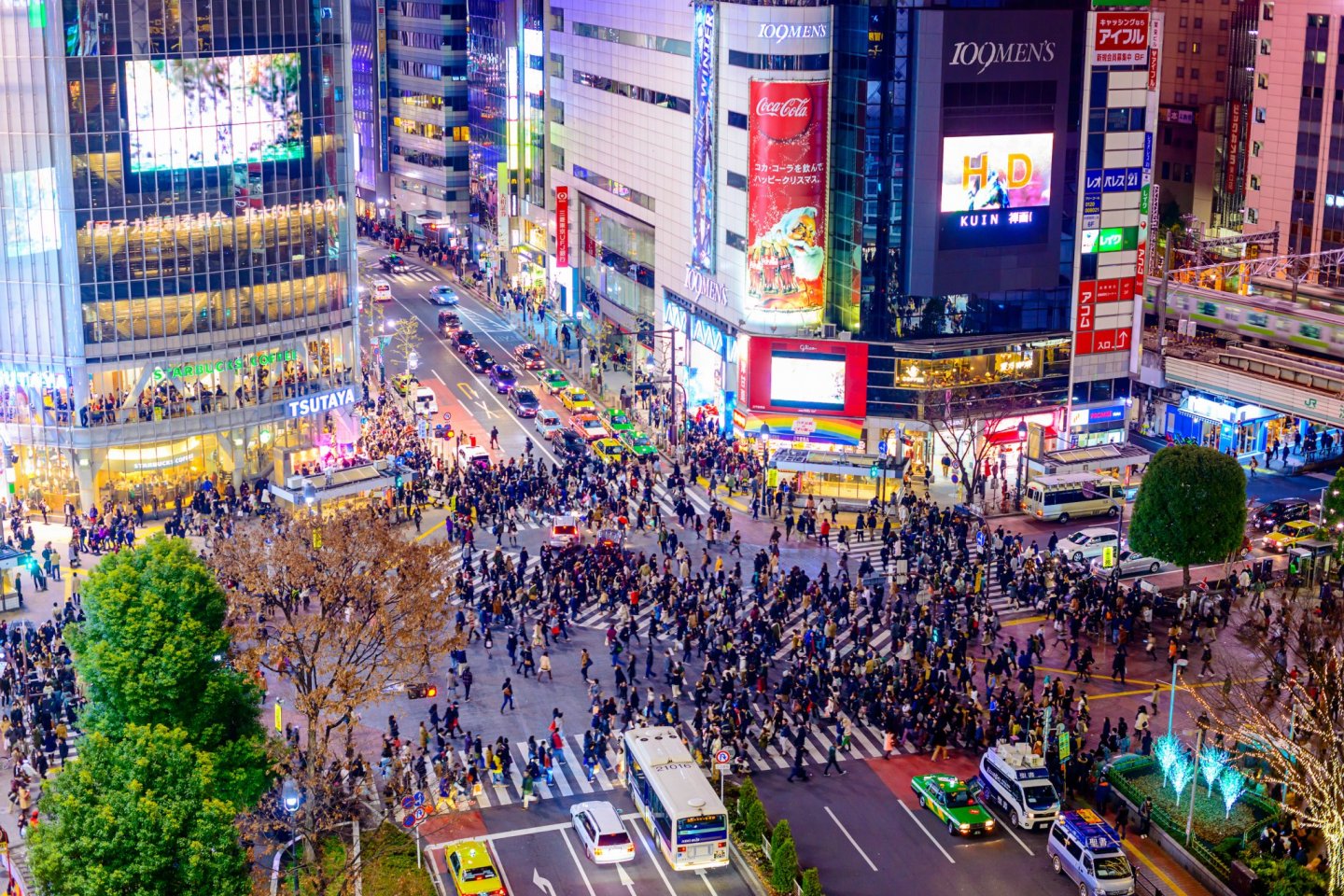Mark Zuckerberg once claimed that “people use their real names on Facebook […] and I think that’s a really simple social solution to a possibly complex technical issue”. He expressed an ideal that Internet should be an open and transparent space. Yet imagination of a borderless internet quickly collapses when we ask: where in the world is Instagram, in a place where it has been banned for more than a decade?
Instagram, launched in 2010, as a part of Meta’s global network, promotes itself as a visual community without borders. It invites users to “share their world”, assuming that images and networks flow freely across the borders. However, since 2014, when Chinese government tightened internet censorship, Instagram was officially blocked, its absence has become a symbol of how geography and power shape digital space.
Existence of digital borders
The Instagram ban reveals the presence of national sovereignty in the online world. China’s “Great Firewall” is not simply a technological barrier, but a geopolitical infrastructure. It redraws the boundaries of the internet and subjects digital flows to the logic of the state.
This is in stark contrast to Zuckerberg’s embrace of “real names”. When Western platforms embrace transparent identity as a symbol of freedom, the Chinese internet uses a “real-name system” to achieve state-verified visibility. One must first be “registered”. This contrast illustrates that so-called “global internet” is not universally shared, but rather shaped into diverse structures by diverse political cultures.
Paradoxically, Instagram has never truly disappeared from China, and it persists in a different form.
The Underground Life of a Global Platform
In cities like Shanghai and Beijing, artists, designers and influencers continue to use Instagram through VPN to connect with International audiences. For them, Instagram is not only a platform to display their work but also a gateway to global pop culture.
Some Chinese brands also use agencies to operate overseas accounts to reach overseas markets. Thus, while the platform is politically excluded, it remains economically vibrant.
Even more, its influence has great impact on local apps. The now-popular Xiaohongshu (Red Note) in China is deeply inspired by Instagram in both its interface design and content ecosystem. Though erased from official maps, Instagram constantly reapprear in the cultural and aesthetic forms.
Glocalization
Instagram’s fate in China challenges the myth that globalization equals connectivity. Global platforms do not spread evenly; rather, they are transformed and filtered when they enter different contexts. The Chinese internet embodies what scholars call “platform nationalism”, which means the state asserts technological sovereignty by promoting local platforms like WeChat. Also, “glocalization”, global designs are reinterpreted by local cultures.
End
Above all, the answer to the question, “Where is Instagram in the world”, is not a problem of geographic coordinates, but rather a reflection of power structures. It exists within a transnational, semi-invisible network of connections that connects VPN users, brands and cultural elites, while excludeing the majority of ordinary internet users.
This fragmented existence reveals the unequal geography of the internet, who is connected and who is left behind.



Recent Comments